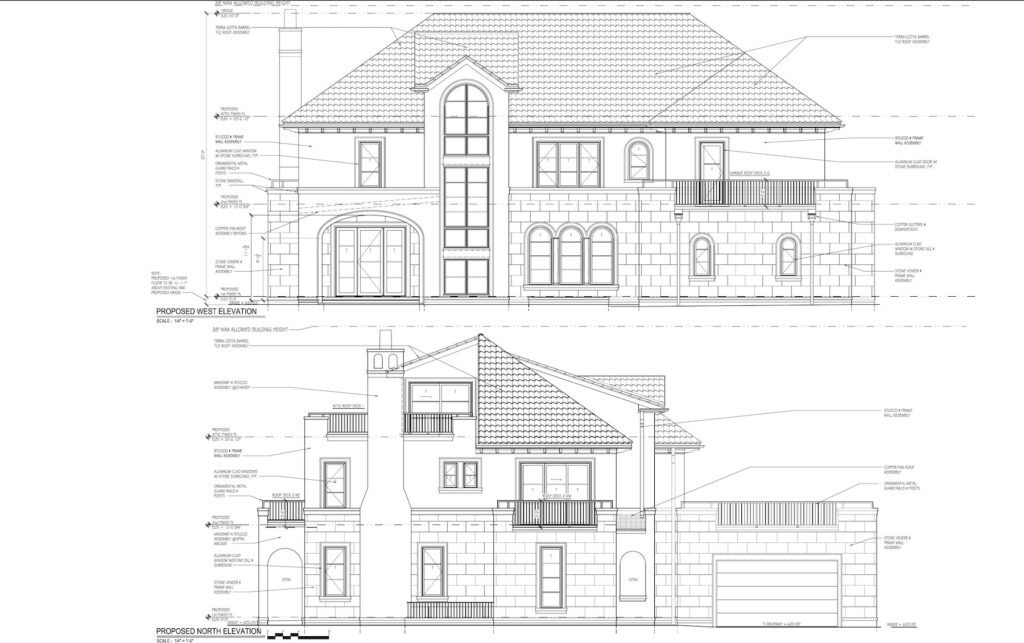
New Trier expects $700,000 bump in property-tax revenue with annual levy increase
The New Trier High School Board of Education voted unanimously Monday, Nov. 16, to approve its 2020 preliminary tax levy at an expected increase of of 2.3 percent, the maximum allowed by the Consumer Price Index.
The approved levy excludes taxes levied on new property. Since new property values are not yet known, the district estimates the levy amount, Superintendent Dr. Paul Sally says in a district memo detailing the levy.
With the included estimated amount for new property, the district’s planned levy for this year is estimated to collect $119.53 million in property taxes, which is a $694,705 increase over the amount budgeted for 2020 ($118.83 million) and $1 million more than the actual amount in 2019 ($118.5 million), according to district documents.
Current district taxpayers will see an average increase of 2.3 percent; though, the impact of new property could increase the district’s levy to a maximum 2.57 percent.
The levy is the district’s primary funding source, and the subsequent revenue it generates funds the New Trier High School’s operations, accounting for 91 percent of the budget, Sally said.
The 2020 levy funds the second half of the 2021 school year and the first half of the 2022 school year, officials said.
“Our levy supports our ability to offer an excellent education to current and future New Trier students,” Associate Superintendent Chris Johnson said. “We continue to have the top standardized test scores for an open-enrollment schools, high college enrollment and we’re recognized as being a lighthouse district in many areas of the student experience.
“Our levy allows us to support a deep, broad curriculum tailored to individual student’s needs. Students, as we know, are taking advantage of this.”
According to the district, the levy revenues will be distributed as such: Educational fund: $97.95 million; Operations and maintenance: $8.07 million; Transportation: $1.45 million; Municipal retirement: $1.63 million; and Social Security: $2.27 million.
The district’s ability to increase its tax extension is limited to the CPI or 5 percent, whichever amount is less. According to district documents, the 2019 Consumer Price Index was 2.3 percent. That number was then used for the calculation of this year’s extension.
Johnson added that the levy increase also helps fund areas where expenditures have increased.
“It will play a key part in allowing us to maintain a balanced budget for next year and our goal is to continue to provide an excellent education, student services and extracurricular program to current and future students and maintain a balanced budget while continuing to act as strong stewards for our tax payer dollars,” Johnson said.
Johnson said the district has not asked voters for a tax-rate referendum for 17 years, since a successful ballot question in 2003.
“The district is proud of our history of balanced budgets,” he said. ” … We carefully manage our costs on an annual basis and we have no plans for an operating rate referendum at this time.”
The district has, however, on two occasions asked voters if it could borrow funds for major renovations: a failed $174 million referendum in 2010 and a passed $94 million one in 2014.

Martin Carlino
Martin Carlino is a co-founder and the senior editor who assigns and edits The Record stories, while also bylining articles every week. Martin is an experienced and award-winning education reporter who was the editor of The Northbrook Tower.


